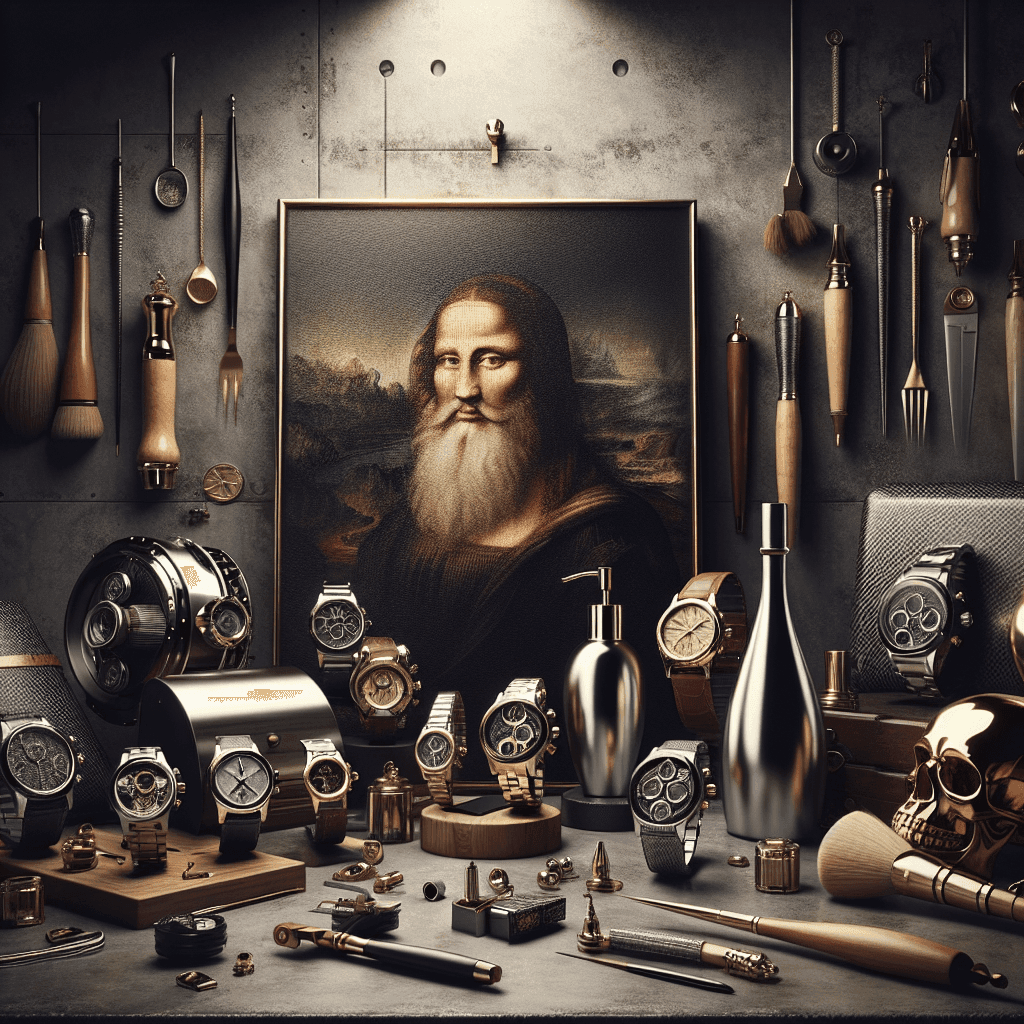The lasting legacy of da Vinci, Michelangelo, and more
The luminous echoes of the Renaissance period, characterized by profound artistic and intellectual expansion, continue to resonate deeply within the realms of modern art. This era, illuminated by the genius of figures like Leonardo da Vinci and Michelangelo, has not only shaped the course of Western art but remains a wellspring of inspiration for contemporary creators and connoisseurs alike.
- Leonardo da Vinci: A Beacon of Inventive Brilliance
- Michelangelo: Synthesizing Beauty and Expression
- Raphael: The Harmony of Composition and Humanism
- Revolutionary Art Techniques and Their Modern Adaptations
- Cultural Relevance: The Renaissance in Today’s Artistic Discourse
Leonardo da Vinci: A Beacon of Inventive Brilliance
Leonardo da Vinci, a polymath of the Italian Renaissance, remains one of the most profoundly influential figures in the history of art. Known for his meticulous approach to human anatomy and his relentless pursuit of artistic realism, da Vinci’s methodologies and artistic principles have permeated the foundations of modern art. His iconic works, such as the Mona Lisa and The Last Supper, continue to draw admiration for their enigmatic compositions and emotional depth.
Technological Influence
Da Vinci’s fascination with machines and inventions has inspired countless modern artists to explore the intersection of technology and art. His detailed sketches and inventions presage many contemporary practices in art installations and interactive media, where technology serves both as a medium and a subject of artistic expression.
Michelangelo: Synthesizing Beauty and Expression
Michelangelo Buonarroti, another towering figure of the Renaissance, carved his legacy through the marble of the Statue of David and the painted frescoes of the Sistine Chapel. His ability to imbue stone and paint with breathtaking life and emotion challenges and inspires today’s artists to convey profound human experiences.
Modern Sculpture and Public Art
Michelangelo’s sculptural techniques and his approach to the human form have influenced numerous modern public artworks and installations. Artists like Henry Moore and Barbara Hepworth echo his understanding of form in their abstract sculptures, which similarly aim to capture the essence of human emotion and existential inquiry.
Raphael: The Harmony of Composition and Humanism
Raphael Sanzio, known for his clarity of form and ease of composition, has been particularly influential in the realms of graphic design and cinematography. His frescoes, characterized by their serene human figures and balanced compositions, serve as a masterclass in staging and structure for modern visual storytellers.
Influence on Cinematic Techniques
Directors like Wes Anderson and Ridley Scott have cited the compositional techniques of Renaissance painters like Raphael as influences in their work, particularly in how they frame scenes and direct viewer attention through symmetry and balance.
Revolutionary Art Techniques and Their Modern Adaptations
The technical innovations of the Renaissance—such as the use of perspective, chiaroscuro, and sfumato—are foundational to modern art education and practice. These techniques not only revolutionized visual art but also provided a vocabulary that continues to influence a wide range of contemporary artistic practices.
Adaptation in Photography and Film
Chiaroscuro, the technique of using strong contrasts between light and dark, is prevalent in the moody atmospheres of film noir and the dramatic lighting of portrait photography. This technique, refined during the Renaissance, is now a staple in visual media, enhancing depth and adding a dramatic flair to modern compositions.
Cultural Relevance: The Renaissance in Today’s Artistic Discourse
The Renaissance does not merely belong to the past; it actively dialogues with the present. Its themes of humanism, exploration, and beauty continue to resonate in contemporary art forms, challenging artists to merge classical techniques with modern perspectives.
The enduring legacy of the Renaissance masters is evident not only in the techniques and themes of modern art but also in the ongoing dialogue between the past and present, inviting artists and audiences alike to rediscover and reinterpret the rich tapestries of human experience woven by da Vinci, Michelangelo, Raphael, and their contemporaries.
For further exploration of the Renaissance’s impact on modern art, visit esteemed institutions such as the Louvre Museum’s Renaissance Collections.



